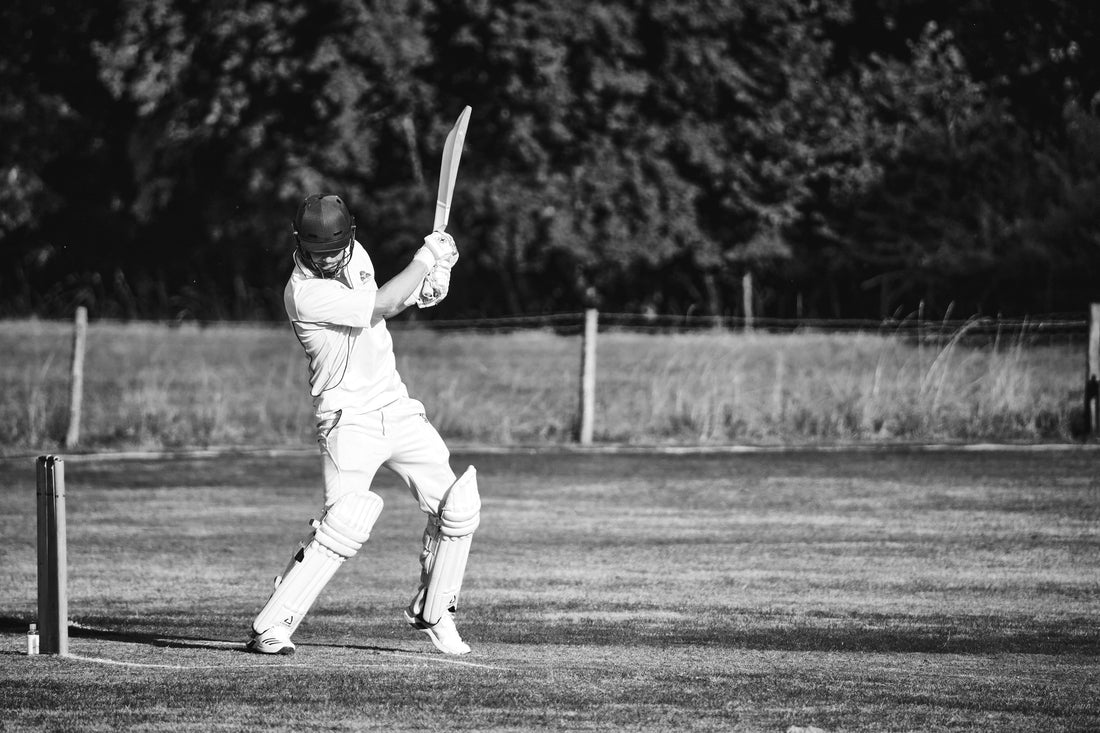Why Are Our Cricketers Always Injured?

With the 2015 ICC World Cup in full swing, it seems that not a day goes by without some media report about an Australian (or for that matter any nation’s) player succumbing to a cricket injury that affects their involvement in the tournament.
With the all-too-public hamstring injury to Michael Clarke, the inevitable soft tissue injury to a Marsh brother, a side strain to James Faulkner and now the rib injury to Patrick Cummins – it’s amazing that Australia is still firing in the tournament.
Ranging from backs and hamstring injuries, to knee and ankle problems, the cricketers of todays game are putting their bodies through repeated high forces with less and less recovery time, especially with the modern game being a year round sport.
Interestingly, over the last 10 years, at least 15.5% of the Australian cricket team have sustained an injury each season, which has lead to time missed from playing.
Here are the top 5 cricket injuries we see as physios at Leading Edge
1. HAMSTRING MUSCLE INJURY

These occur generally under high force acceleration or deceleration particularly when bending to field a ball, or sprinting when running between wickets.
Hamstring tears are characterised by a sudden onset of pain in the back of the thigh and can often lead to multiple games missed (e.g. Michael Clarke)
2. SIDE STRAIN
Most commonly affecting the pace bowlers, side strains occur in a similar fashion to the hamstring injury and involve the muscles down the side of your torso – the internal oblique muscle.
These injuries occur in the bowling action when the bowler bends to the side and contracts these muscles to generate force through the shoulder and arm. Fast bowlers are notorious for these injuries as they repeatedly exert themselves in this manner.
3. STRESS FRACTURES OF THE LOWER BACK
The young Australian pace bowlers have been plagued by this particular issue and it is common in young athletes with a large training and playing schedule. It occurs usually on the non-bowling arm side towards the last few lumbar vertebrae in the spine.
These joints undertake repetitive high force movements that place a stress which is too great for the bone to handle, resulting in microfractures of the bone. Time missed from this injury is quite extensive and player training management is vital.
4. ANKLE INJURIES
Similarly to other sports, the ankle take a large amount of force throughout running, jumping, turning and most skills that are involved in cricket. Due to this frequent use it is inherent that we see numerous types of ankle injuries ranging from ankle sprains, to instability and more chronic natured issues.
5. HAND AND WRIST INJURIES
A hard ball, travelling at 150km an hour, will cause damage to anything it comes in contact with. Broken fingers and hands are a common thing in cricket.
PREVENTION STRATEGIES
TRAINING LOAD MANAGEMENT
Prevention is better than the cure and one step to helping prevent injury is training load management. Particularly in the prevention of bone stress related injuries, such as low back stress fractures, training load management helps to decrease the accumulative affect that intense training and match play has on the body.
Little niggles that start off as just a tight spot can quickly become a more sinister pathology if left unmanaged and overused. Pushing through the pain is not always the best option and listening to your body and talking to the team trainers and physios is a great place to start in preventing injury.
RECOVERY
Recovery has been covered again and again, but we still see a huge percentage of athletes coming in with injuries and issues related to poor recovery habits.
Tying in with the above mentioned load management, stretching, foam rolling, pool sessions, lay days, recovery jogs, physio and massage can all assist in optimising the body for the next training load. In times such as the world cup, recovery is even more vital in being able to allow you to perform at the highest level in the next match. In elite level sport it comes down to the last 1% and the teams that show habits of better recovery give themselves the best chance of winning.
If you have a cricket injury that needs rehabilitation you can contact us or Book Online to get an appointment straight away.
